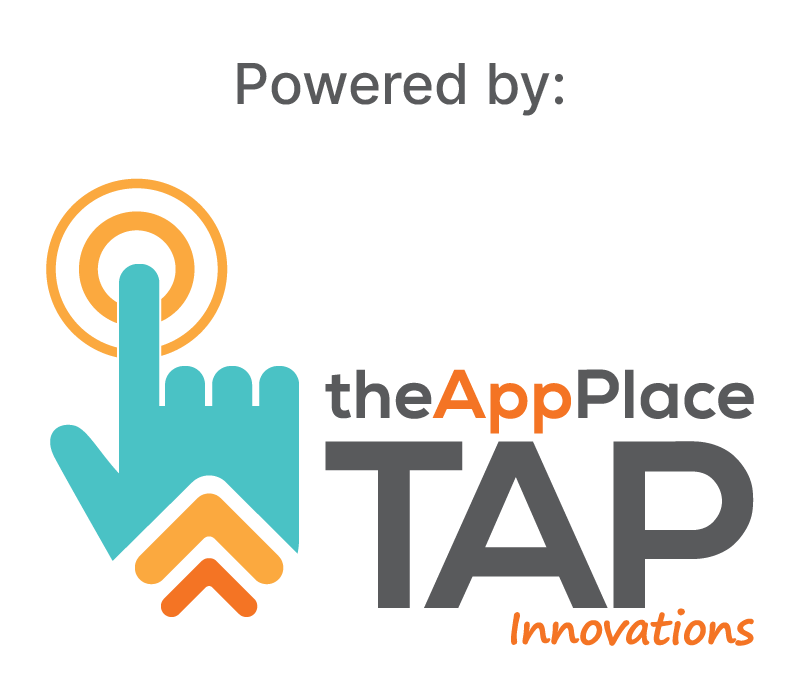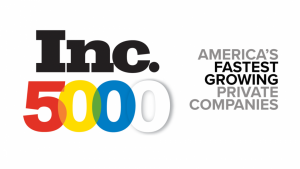Optimizing Restaurant Operations with TAP Integration Solutions
In today’s fast-paced digital era, the ubiquity of mobile devices has revolutionized the way we interact with technology. Mobile application development has emerged as a critical aspect of custom development, catering to the growing demand for innovative and user-friendly applications on smartphones and tablets. This dynamic field revolves around the creation and optimization of applications that can seamlessly operate on mobile platforms, providing users with enhanced experiences and accessibility.
Custom Application Development and Mobile Application Development:
Custom application development encompasses the creation of software solutions tailored to meet specific business requirements. Within this domain, mobile application development refers specifically to the process of designing, building, and deploying applications that are intended to run on mobile devices. These applications are intricately designed to cater to the unique capabilities and limitations of smartphones and tablets, ensuring optimal performance and usability for the end-users.
Unlike traditional desktop applications, mobile apps necessitate a different approach due to factors such as varying screen sizes, touch-based inputs, and on-the-go usage scenarios. This demands specialized skills and expertise from developers who must adapt to the mobile environment to deliver seamless and efficient applications.
In essence, mobile application development is an integral part of custom application development, specializing in the creation of software for the mobile platform, ultimately enriching the lives of billions of users worldwide and transforming the way we interact with technology in our daily lives.
Common Business Problems
-
- Addressing customer demands: With the increasing use of mobile devices, businesses face the challenge of meeting customer expectations for mobile-centric experiences. Developing mobile applications becomes essential to cater to the growing demand for on-the-go solutions.
- Competing in a mobile-first market: In a mobile-first era, businesses that do not invest in mobile application development risk falling behind competitors who offer seamless mobile experiences, potentially losing customers and market share.
- User experience optimization: Providing a subpar user experience on mobile devices can lead to dissatisfied customers, negative reviews, and a decrease in customer retention. Developing well-designed mobile applications allows businesses to optimize the user experience and foster loyalty.
- Platform fragmentation: The existence of multiple operating systems and device configurations can create compatibility issues, making mobile application development more complex and time-consuming for businesses aiming to reach a broad audience.
- Data security and privacy concerns: Developing mobile apps that handle sensitive user data introduces potential security risks. Businesses must invest in robust security measures to protect user information and maintain trust in their brand.
- Balancing cost and benefit: While mobile application development can offer various business benefits, it can also be costly and time-consuming. Deciding on the right balance between investing in mobile apps and the potential return on investment becomes a critical business problem.
- Integration with existing systems: Businesses often have established backend systems and databases. Developing mobile applications that seamlessly integrate with these systems can be challenging, requiring thoughtful planning and execution.
- Keeping up with technology trends: Mobile technology evolves rapidly, and businesses must continuously adapt to stay relevant. Deciding when and how to update or create new mobile apps to leverage the latest technology can be a complex decision.
- Retaining and engaging users: Simply having a mobile app does not guarantee success. Businesses must develop applications that engage users effectively, offering valuable features and content to encourage retention and repeat usage.
- Analyzing and interpreting user data: Mobile applications generate vast amounts of data about user behavior. Businesses must invest in analytics and data interpretation to understand user preferences, pain points, and behaviors to make informed decisions about app improvements.
- Offline functionality and connectivity: Some businesses may need to provide mobile apps with offline capabilities, especially for users in regions with limited internet connectivity. Determining the level of offline functionality required can pose a challenge.
- Marketing and promotion: Developing a great mobile app is not enough; businesses must also create effective marketing strategies to promote their apps and attract users in a competitive app market. Developing a well-thought-out marketing plan becomes crucial for app success.
TAP Solutions
-
- Addressing customer demands:
- TAPs solutions can conduct comprehensive market research and user surveys to identify specific customer demands and preferences. By analyzing user feedback and behavior, businesses can develop mobile applications that align with user expectations, ensuring high customer satisfaction.
- Competing in a mobile-first market: TAPs can assist businesses in strategizing their mobile app development roadmap, helping them stay ahead of the competition. By providing insights into emerging technologies and trends, TAPs solutions enable businesses to create innovative and user-friendly mobile apps that stand out in the market.
- User experience optimization: TAPs solutions employ usability testing and user experience design expertise to ensure mobile applications deliver a seamless and engaging experience. By conducting user testing, businesses can identify pain points and areas for improvement, leading to enhanced user retention and loyalty.
- Platform fragmentation: TAPs can aid in cross-platform mobile app development, optimizing apps to run smoothly on various operating systems and device configurations. This approach streamlines development efforts and reduces complexity, allowing businesses to reach a broader audience effectively.
- Data security and privacy concerns: TAPs solutions prioritize security measures in mobile app development, implementing encryption, authentication, and secure data storage techniques. By conducting thorough security audits, TAPs help businesses build trustworthy and secure mobile applications, safeguarding user data.
- Balancing cost and benefit: TAPs solutions can conduct cost-benefit analyses, considering factors like app complexity, target audience, and potential ROI. By assisting businesses in making informed decisions, TAPs help optimize resources and investment in mobile app development.
- Integration with existing systems: TAPs solutions offer expertise in integrating mobile applications with existing backend systems, ensuring seamless data exchange and synchronization. This expertise reduces development time and minimizes disruptions to established workflows.
- Keeping up with technology trends: TAPs stay up-to-date with the latest mobile technologies and industry trends, providing businesses with insights to make informed decisions on adopting new technologies and updating existing mobile apps for improved performance and functionality.
Common ROI’s
-
- Expanded market reach: Mobile application development allows businesses to tap into a broader audience base, as the widespread use of mobile devices enables access to users globally. This expanded market reach can result in increased brand exposure and potential revenue growth.
- Enhanced customer engagement: Well-designed and user-friendly mobile apps can significantly improve customer engagement and interaction with the business. Higher levels of engagement often lead to increased customer loyalty, repeated usage, and more frequent transactions, positively impacting ROI.
- Streamlined business processes: Custom mobile applications tailored to specific business needs can streamline internal processes, improving productivity and efficiency. Automated workflows and real-time data access can lead to cost savings and a faster return on investment.
- Competitive advantage: In a digital-first landscape, having a well-developed mobile app can give businesses a competitive edge. Offering unique and innovative features through the app can attract more customers and retain existing ones, resulting in higher revenues and profitability.
- Increased sales and revenue channels: Mobile apps can serve as an additional sales and revenue channel for businesses. By offering products or services directly through the app, businesses can boost sales and generate additional income streams.
- Personalized marketing opportunities: Mobile applications allow businesses to gather user data and preferences, enabling personalized marketing campaigns. Tailored promotions and offers can lead to higher conversion rates and improved ROI on marketing efforts.
- Efficient customer support: Mobile apps can provide convenient channels for customer support, reducing response times and enhancing overall customer satisfaction. Satisfied customers are more likely to become loyal and contribute to the business’s long-term profitability.
- Monetization opportunities: For businesses in the app development space, mobile application development offers opportunities for monetization. This can be through app sales, in-app purchases, subscription models, or even by leveraging advertisements within the app.
- Data-driven decision-making: Mobile apps can gather valuable user data, which businesses can analyze to make data-driven decisions. Insights from user behavior and preferences can guide product improvements, marketing strategies, and overall business direction, leading to more efficient resource allocation and higher ROI.
- Long-term brand loyalty: A well-crafted mobile app that consistently delivers value to users can foster long-term brand loyalty. Loyal customers are more likely to recommend the app to others, leading to organic growth and a positive impact on the business’s bottom line over time.
- Adaptation to changing consumer behavior: With the increasing reliance on mobile devices, businesses need to adapt to changing consumer behavior. Investing in mobile application development enables businesses to stay relevant and accessible to their target audience, ensuring continued ROI in the face of evolving market trends.
- Opportunities for partnerships and collaborations: Successful mobile apps can attract partnerships and collaborations with other businesses and influencers, creating synergistic relationships that lead to mutual growth and increased ROI for all parties involved.
Case Studies and TAP Used Cases
HCM Unlocked – Human Capital Management (HCM) Technology Solutions
-
- Solution Type: Data Validation, Custom App
- Industries: Human Capital Management, HCM
- Summary: HCM Unlocked and TAP Innovations collaborate to provide reliable HCM technology solutions, assisting businesses in transitioning smoothly from one HR system to another with tens of thousands of employees. The focus is on managing employee information accurately and efficiently during the transition process.
Karsten Advisors (KA) – Custom CRM System for Financial Services
-
- Solution Type: CRM, Financial, Tax, Wealth Management, Custom App
- Brands: QuickBooks, Lacerte, Black Diamond
- Industries: Financial, Financial Services
- Summary: TAP Innovations develops a custom CRM system for Karsten Advisors, a financial services firm. The tailored CRM solution integrates seamlessly with their existing financial systems, facilitating streamlined customer relationship management and enhanced service delivery.
MPI Products – Time to POS Conversion Custom App
-
- Solution Type: Custom App
- Industries: Automotive, Motor Vehicle Manufacturing, Manufacturing
- Summary: TAP Innovations assists MPI Products in converting their Point of Sale (POS) system, improving efficiency and accuracy. The custom app streamlines their business operations in the automotive and manufacturing sectors.
One Holland Corporation – Data Collection Custom Application
-
- Solution Type: Custom App
- Industries: Food & Beverage, Franchise, Restaurant, Fast Food
- Summary: TAP Innovations develops a data collection custom application for One Holland Corporation, enhancing data management processes and efficiency in the food and franchise industry.
Storage Supervision – Custom SaaS Storage Unit Business Management System and Mobile Application
-
- Solution Type: Email Integration, Payment Integration/Clearent, DocuSign Integration, Contracts Management, Photo and Video Capturing, Rules Engine, Notification Service, Gate Access Management/Sentinel Gate, Authorization and Authentication, Custom App
- Brands: KeyCloak Access Management
- Industries: Transportation, Trucking, Moving & Storage & Real Estate, Storage
- Summary: TAP Innovations collaborates with Storage Supervision to develop a comprehensive SaaS storage unit business management system. The custom mobile application integrates various functionalities such as email, payment processing, contracts management, and access control, empowering the transportation and storage industry with efficient business management.
These case studies and use cases demonstrate how TAP Innovations leverages mobile application development to create tailored solutions for diverse industries, addressing specific business problems and optimizing user experiences on mobile devices. Through custom application development, TAP Innovations provides clients with innovative and efficient solutions, contributing to their overall success and ROI.
FAQ’s
-
- What is custom application development, and how does it relate to mobile application development?
- Custom application development refers to creating software solutions tailored to meet specific business needs. Mobile application development is a subset of custom application development that focuses on building applications for mobile devices like smartphones and tablets.
- Why is mobile application development crucial in today’s digital era?
- Mobile application development is crucial because of the ubiquity of mobile devices. It allows businesses to reach a broader audience, enhance customer engagement, and stay competitive in a mobile-first market.
- How does mobile application development optimize the user experience on smartphones and tablets?
- Mobile app developers design applications with considerations for varying screen sizes, touch-based inputs, and on-the-go usage scenarios. This optimization ensures seamless and efficient user experiences on mobile devices.
- What are the common business problems addressed by mobile application development?
- Common business problems include meeting customer demands for mobile-centric experiences, competing in a mobile-first market, optimizing user experience, handling platform fragmentation, addressing data security and privacy concerns, balancing cost and benefit, integrating with existing systems, keeping up with technology trends, retaining and engaging users, analyzing user data, providing offline functionality, and effective marketing and promotion.
- How can TAPs solutions help businesses address customer demands in mobile application development?
- TAPs solutions can conduct market research and user surveys to identify specific customer demands and preferences. By analyzing user feedback and behavior, businesses can develop mobile applications that align with user expectations, ensuring high customer satisfaction.
- How do TAPs solutions assist businesses in competing in a mobile-first market?
- TAPs solutions provide insights into emerging technologies and trends, helping businesses strategize their mobile app development roadmap. This enables them to create innovative and user-friendly mobile apps that stand out in the market and gain a competitive advantage.
- How can TAPs solutions optimize the user experience in mobile application development?
- TAPs solutions employ usability testing and user experience design expertise to ensure mobile applications deliver a seamless and engaging experience. By conducting user testing, businesses can identify pain points and areas for improvement, leading to enhanced user retention and loyalty.
- How can businesses tackle platform fragmentation challenges with the help of TAPs?
- TAPs can aid in cross-platform mobile app development, optimizing apps to run smoothly on various operating systems and device configurations. This approach streamlines development efforts and reduces complexity, allowing businesses to reach a broader audience effectively.
- What measures do TAPs solutions take to address data security and privacy concerns in mobile app development?
- TAPs solutions prioritize security measures, such as encryption, authentication, and secure data storage techniques. Thorough security audits help businesses build trustworthy and secure mobile applications, safeguarding user data and maintaining trust in their brand.
- How can TAPs solutions help businesses analyze and interpret user data collected from mobile apps?
- TAPs solutions offer data analytics services, helping businesses interpret user behavior data. By gaining actionable insights, businesses can optimize their mobile applications and tailor features to meet user needs effectively, thereby improving ROI.
- What are some common ROI’s associated with mobile application development?
- Some common ROI’s include expanded market reach, enhanced customer engagement, streamlined business processes, competitive advantage, increased sales and revenue channels, personalized marketing opportunities, efficient customer support, monetization opportunities, data-driven decision-making, long-term brand loyalty, adaptation to changing consumer behavior, and opportunities for partnerships and collaborations.
- How do the case studies and use cases provided by TAP Innovations demonstrate the benefits of mobile application development?
- The case studies showcase how TAP Innovations’ custom mobile applications address specific business problems and deliver tailored solutions for different industries. By leveraging mobile application development, TAP Innovations contributes to the success and ROI of its clients, enhancing their user experiences and business efficiency.
- What is custom application development, and how does it relate to mobile application development?
Conclusion
In today’s fast-paced digital era, the proliferation of mobile devices has transformed the way we interact with technology. Mobile application development has emerged as a critical aspect of custom development, catering to the escalating demand for innovative and user-friendly applications on smartphones and tablets. This dynamic field revolves around the creation and optimization of applications that seamlessly operate on mobile platforms, providing users with enhanced experiences and accessibility.
With the increasing use of mobile devices, businesses recognize the significance of mobile application development in staying competitive and meeting customer expectations. These applications are meticulously designed to accommodate the unique capabilities and limitations of mobile devices, ensuring optimal performance and usability for end-users.
As the mobile landscape continues to evolve, businesses need to embrace custom application development, especially in the realm of mobile applications, to harness the full potential of their digital initiatives. Leveraging the expertise of innovative companies like TAP Innovations can be instrumental in achieving these goals.
TAP Innovations is at the forefront of custom application development, providing cutting-edge solutions that empower businesses to succeed in the mobile-driven landscape. Their proficiency in understanding customer demands, optimizing user experiences, and addressing diverse business challenges makes them an ideal partner for any mobile application development project.
If your organization seeks to enhance its custom application development strategy, we encourage you to take the first step towards success. Get in touch with TAP Innovations today for a free workflow assessment. By partnering with TAP, you can unlock the full potential of mobile application development, revolutionize your digital offerings, and stay ahead in this rapidly evolving digital age.
Take the next leap in your digital journey with TAP Innovations – your trusted partner in custom application development!








